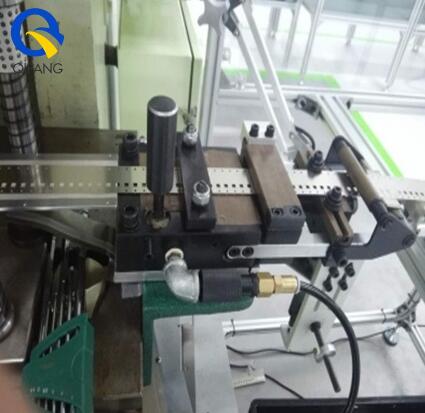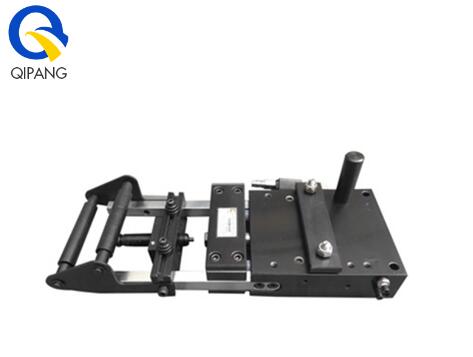What is a Wire Feeder Used for?
Wire feeders are devices that are used to feed a continuous wire electrode into a welding torch or gun. They are commonly used in MIG (metal inert gas) welding and TIG (tungsten inert gas) welding processes. The wire feeder is an important component of a welding setup and plays a crucial role in the quality and efficiency of the welding process.
What is a wire feeder?
A wire feeder is a device that is used to feed a wire electrode through a welding torch or gun. The wire feeder is typically mounted on a welding machine and is connected to the welding torch or gun through a cable. The wire feeder is powered by the welding machine and is designed to feed the wire electrode at a controlled speed into the welding arc.
Types of wire feeders
There are two main types of wire feeders: push-pull wire feeders and standard wire feeders.
Push-pull wire feeders are used in high-precision welding applications where the wire needs to be fed with a high degree of accuracy. These types of wire feeders use a motor to pull the wire through the torch or gun, while another motor pushes the wire through the feeder. Push-pull wire feeders are commonly used in applications that require a high degree of precision, such as automotive and aerospace industries.
Standard wire feeders are more commonly used in general welding applications. These types of feeders use a motor to feed the wire through the welding torch or gun. The speed at which the wire is fed is controlled by the welding machine, which ensures a consistent weld.
Benefits of using a wire feeder
Using a wire feeder offers several benefits in the welding process. Some of these benefits include:
Consistent welds: By using a wire feeder, the speed at which the wire is fed into the welding arc can be controlled. This helps to ensure that the weld is consistent throughout the welding process.
Reduced operator fatigue: Using a wire feeder can help to reduce operator fatigue by eliminating the need to manually feed the wire into the welding torch or gun.
Increased productivity: The use of a wire feeder can increase productivity by allowing the operator to focus on other aspects of the welding process, such as controlling the weld pool.
Improved weld quality: Using a wire feeder can help to improve weld quality by reducing the likelihood of wire feed issues, such as wire burnback and wire birdnesting.
Applications of wire feeders
Wire feeders are used in a wide range of welding applications. Some common applications include:
Automotive industry: Wire feeders are commonly used in the automotive industry for welding car frames, body panels, and other components.
Aerospace industry: Wire feeders are also used in the aerospace industry for welding aircraft components, such as wings and fuselage.
Construction industry: Wire feeders are used in the construction industry for welding steel structures, such as bridges and buildings.
Manufacturing industry: Wire feeders are also used in the manufacturing industry for welding a wide range of products, including machinery, equipment, and tools.
Conclusion
Wire feeders are an essential component of a welding setup, and they play a crucial role in the quality and efficiency of the welding process. By using a wire feeder, operators can ensure that the wire is fed into the welding arc at a consistent speed, which helps to produce high-quality welds. Wire feeders are used in a wide range of welding applications, including the automotive, aerospace, construction, and manufacturing industries. Whether you are a professional welder or a DIY enthusiast, a wire feeder can help you to achieve better results in your welding projects. We are a wire feeder supplier. If you are interested in our products, please contact us now!


评论
发表评论